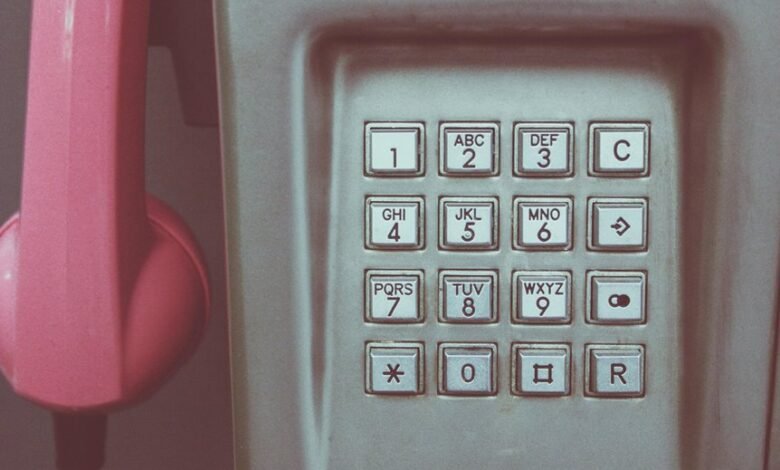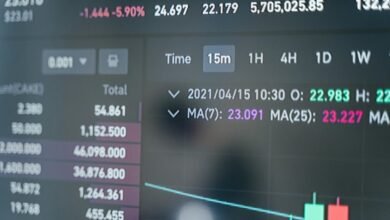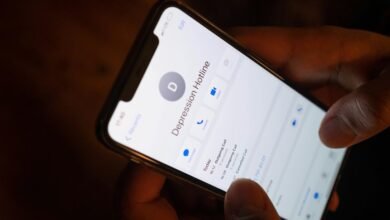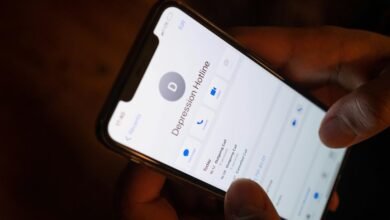Who Called Me From 5703738058, 5705257994, 5705590121, 5705710020, 5706135041, and 5707403282?

Numerous calls from the numbers 5703738058, 5705257994, 5705590121, 5705710020, 5706135041, and 5707403282 have raised eyebrows among recipients. Users report varying experiences, often tied to telemarketing and potential scams. Analyzing the patterns behind these calls reveals a deeper concern about caller motivations. What drives these communications? Understanding the implications may be crucial for protecting personal privacy and autonomy. The answers might be more complex than they appear.
Understanding the Caller: 5703738058
When examining the caller associated with the number 5703738058, it becomes essential to analyze various aspects that may shed light on their identity and intent.
Investigating the caller identity can reveal motivations behind their outreach.
Additionally, understanding proper phone etiquette can guide responses to such calls, ensuring that individuals engage thoughtfully and maintain their freedom while navigating unsolicited communications.
Interactions Reported: 5705257994 and 5705590121
The investigation into the interactions associated with the numbers 5705257994 and 5705590121 reveals a pattern of reported communications that merit closer examination.
Users frequently express concerns regarding the caller identity linked to these numbers, often associating them with reported scams.
Analyzing the nature of these interactions could provide valuable insights into potential threats and reinforce the importance of vigilance in responding to unknown callers.
Investigating the Remaining Numbers: 5705710020, 5706135041, and 5707403282
How do the remaining numbers—5705710020, 5706135041, and 5707403282—fit into the broader context of reported communications?
Analyzing these numbers reveals varied caller identities and number origins. Each number may represent different motivations behind the calls, ranging from telemarketing to potential scams.
Understanding these connections helps individuals reclaim their autonomy in communication, ensuring they remain informed and vigilant against unwanted intrusions.
Conclusion
In conclusion, the calls from 5703738058, 5705257994, 5705590121, 5705710020, 5706135041, and 5707403282 highlight the ongoing issue of unwanted telecommunication. An eye-opening statistic reveals that approximately 48% of mobile phone users receive spam calls monthly, underscoring the prevalence of such nuisances. As individuals navigate this landscape, remaining vigilant and informed about the nature of these calls can significantly enhance their security and autonomy in communication, reinforcing the need for awareness in today’s digital age.





